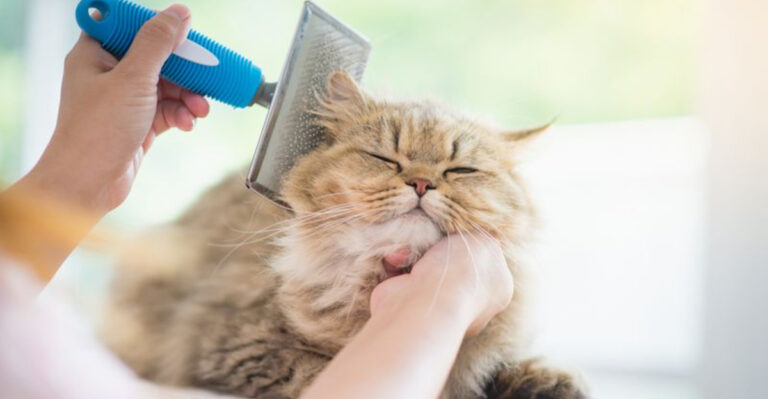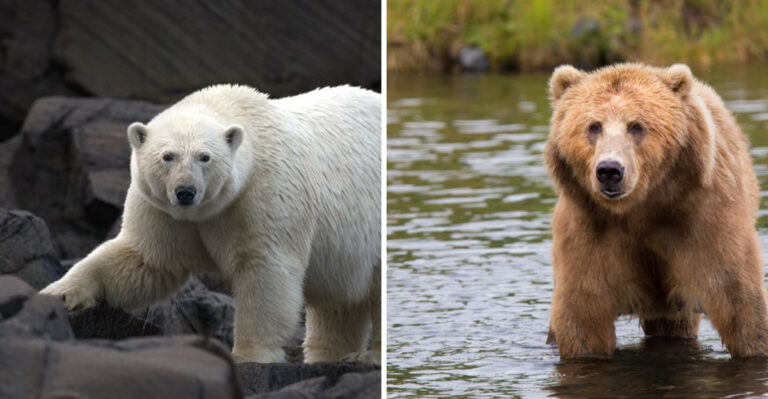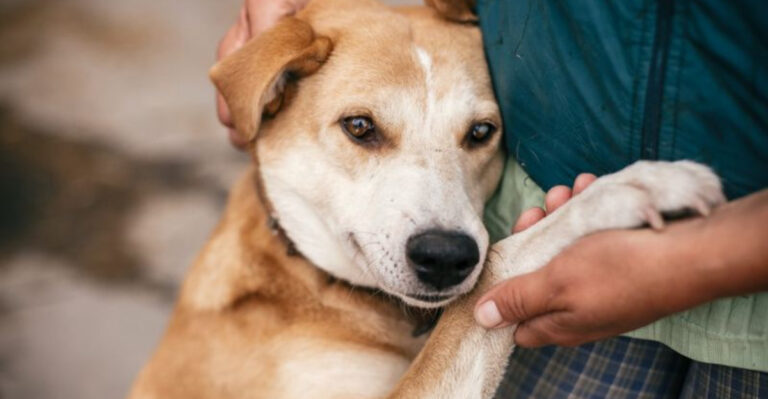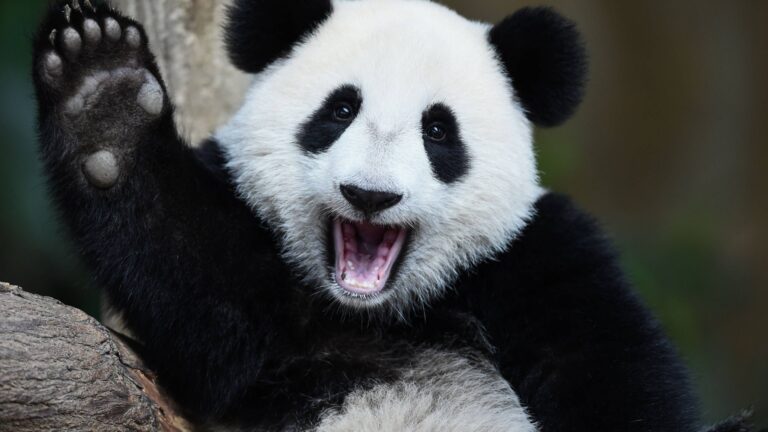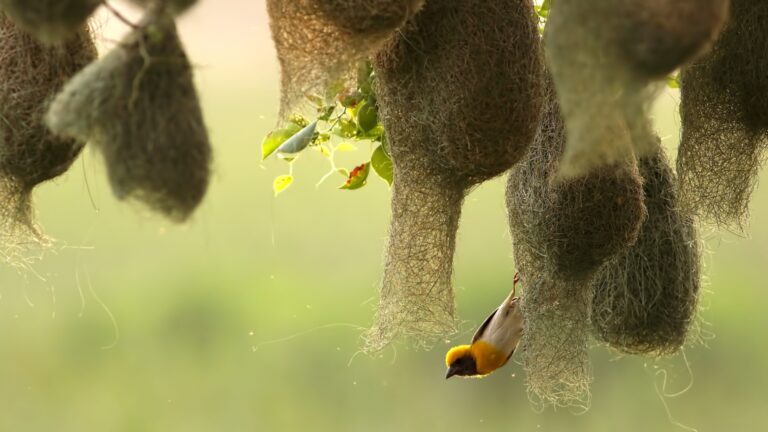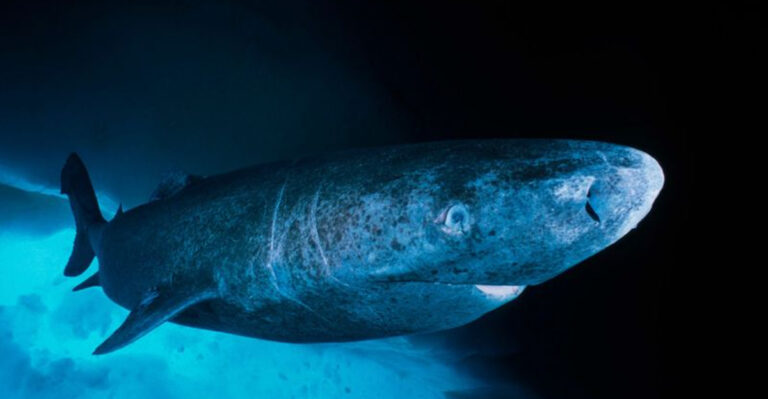21 Surprising Reasons Why Cats Purr
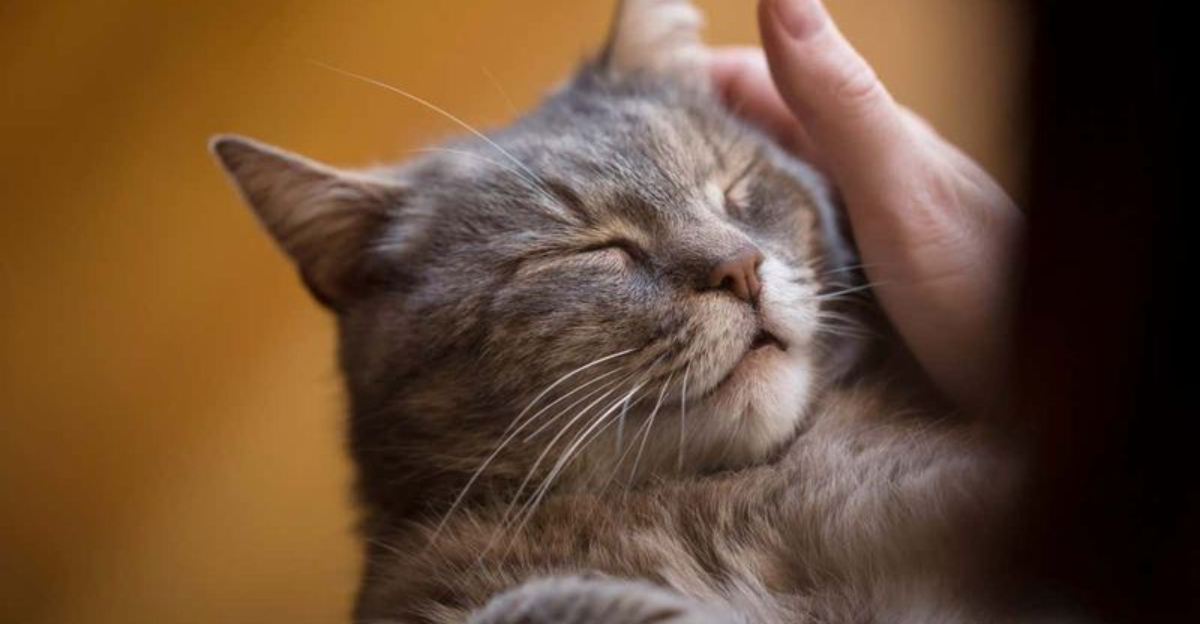
Imagine the soft hum of a purring engine, but it’s coming from your fluffy friend resting on your lap. Cats purr for a myriad of reasons that might surprise you.
Each vibration tells a different story, whether it’s about comfort, communication, or something entirely unexpected. Let’s dive into these fascinating reasons why your feline may serenade you with its purrs.
1. Healing Power
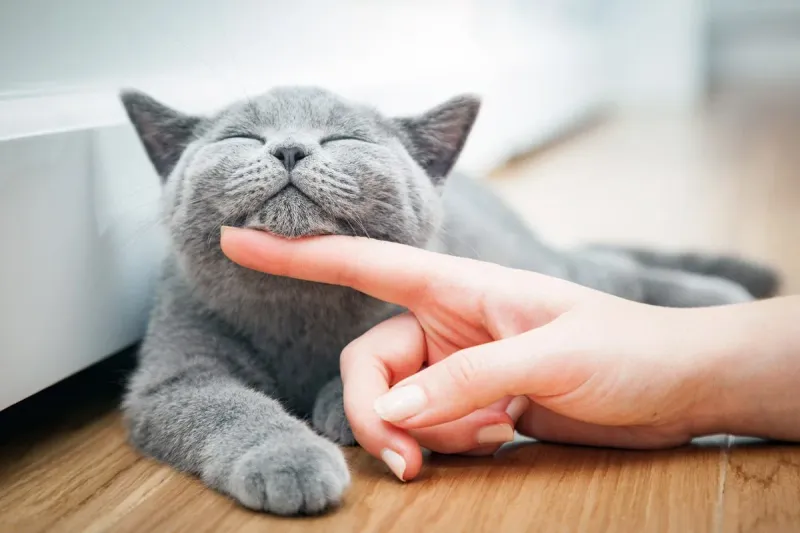
It’s not just a soothing sound; purring can help heal bones and tissues. The vibrations produced during purring have therapeutic effects that can aid in the healing of tissue and bone. It’s like having a mini, furry therapist right at home. Isn’t it comforting to know that their purrs serve a purpose beyond affection?
2. Stress Relief
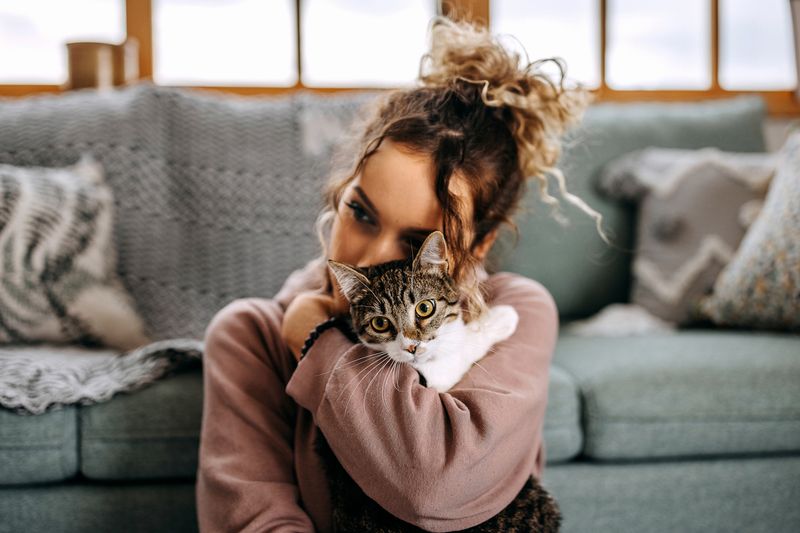
Feeling stressed? Your cat might be purring to soothe not only itself but also you. This melodious hum can significantly lower stress and anxiety levels, creating a calming effect on those around.
It’s like having your personal stress-busting machine purring right beside you. Who needs a spa day when you have a purring cat?
3. Expression Of Contentment
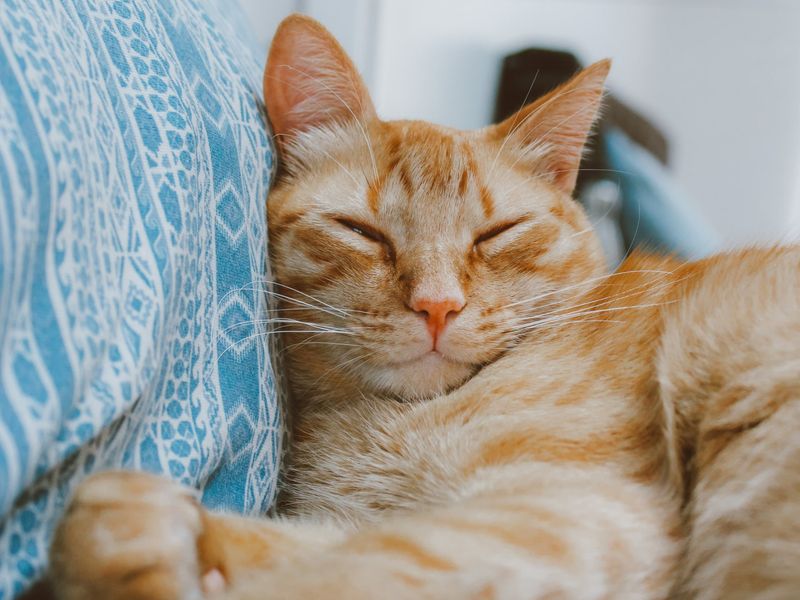
Sometimes, a purr is simply a sign of happiness. When your cat is basking in the sun or enjoying a gentle pet, it may purr to express pure contentment. It’s a simple, honest way for your feline friend to say, “I am happy right now.” What better compliment can you receive from your furry companion?
4. Communication Tool
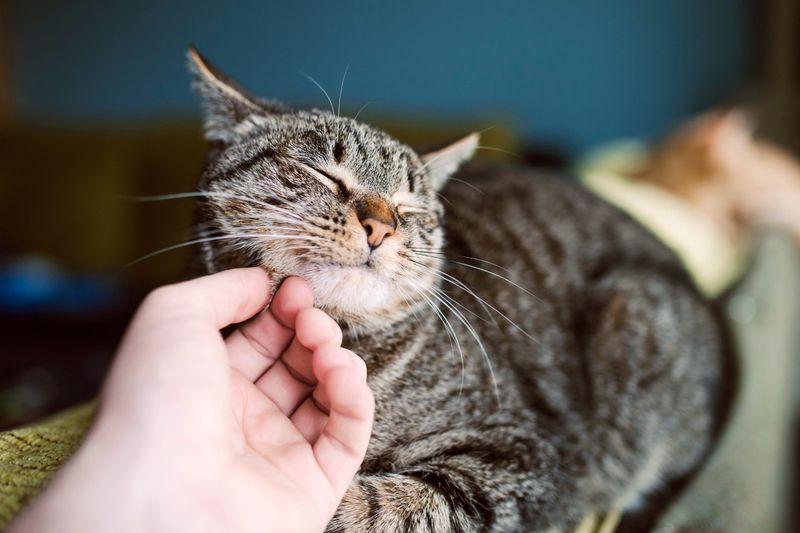
Cats don’t just purr for themselves; they use it to communicate with other cats or even humans. Whether it’s signaling a friendly intention or showing trust, purring is like a feline language. The next time your cat purrs, try responding back. Who knows, you might just be participating in a unique conversation!
5. Mother-Kitten Bonding
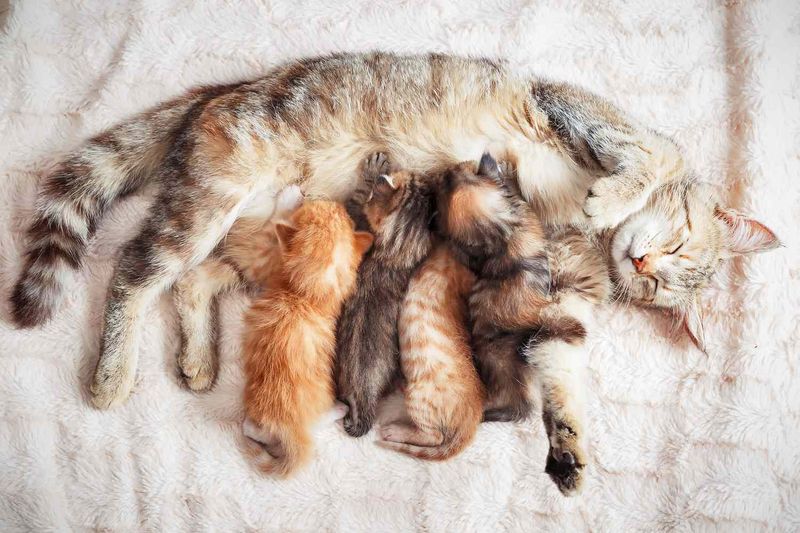
Newborn kittens are blind and deaf, yet they can feel vibrations. Mother cats purr to guide their kittens, creating a bond through sound and vibration. It’s their way of saying, “I’m here, you’re safe.”
This instinctive behavior fosters a strong family bond right from the start. Isn’t the language of purring fascinating?
6. Sign Of Trust

When a cat chooses to purr near you, it’s a sign of trust. Despite their independent nature, cats reveal their affectionate side when they feel safe and cared for. The rhythmic sound of purring is their way of saying, “I trust you.” Feel honored; it’s a sign of deep feline affection.
7. Self-Soothing Mechanism
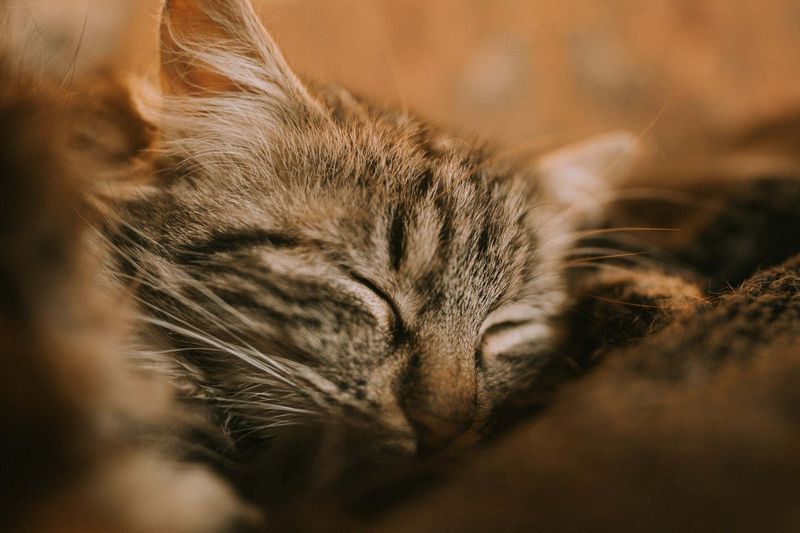
Just like humans hum to comfort themselves, cats purr to self-soothe. It’s their way of coping with stress, illness, or discomfort. This gentle vibration can help them feel better, both physically and emotionally. Next time your cat purrs when feeling down, remember it’s their natural remedy for self-comfort.
8. Attention Seeking
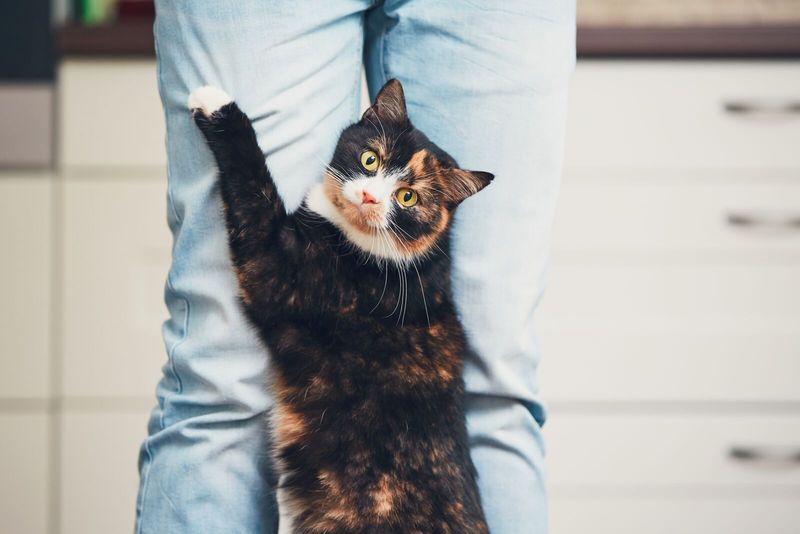
Ever notice your cat purring louder when you’ve been ignoring them? Cats might use purring as a tool for grabbing your attention. It’s their gentle reminder that they’re in need of some love or perhaps a tasty treat. It’s like their soft-spoken way of saying, “Hey! Look at me!”
9. Pain Management

Cats are masters at hiding pain, but purring can be a telltale sign. They may purr to manage pain, as the vibrations can have an analgesic effect. It’s a self-help method they employ to alleviate discomfort. This purring mechanism might just be a feline’s way of enduring life’s little bumps and bruises.
10. Therapeutic Rhythms
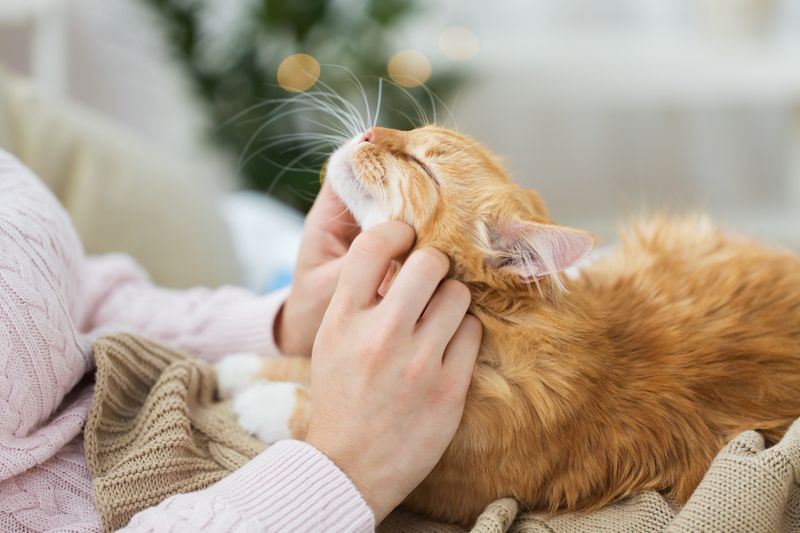
There’s a reason why people find the sound of a cat purring so relaxing. The rhythmic vibration helps calm the mind and body, similar to how certain music or meditation works for humans. When your cat purrs, you’re granted a front-row seat to a personal symphony of tranquility and peace.
11. Assistance In Breathing
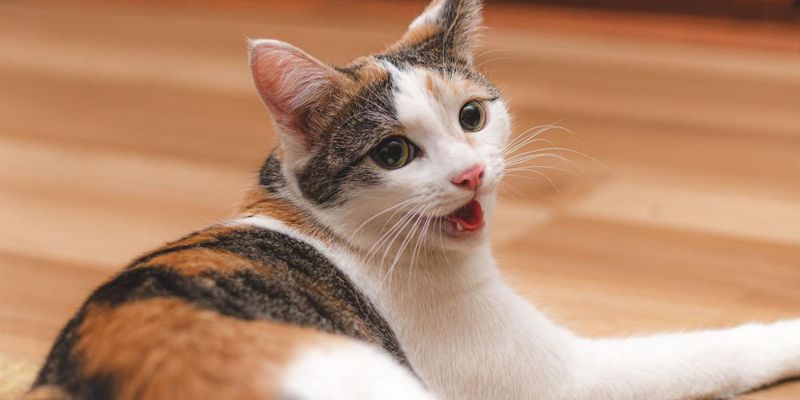
Did you know cats can purr to help with breathing difficulties? The vibration from purring can ease respiratory problems.
It’s nature’s little helper, aiding them in maintaining steady breathing patterns. This might be why older cats purr more often; they’re just taking care of themselves the best way they know how.
12. Healing Through Frequency
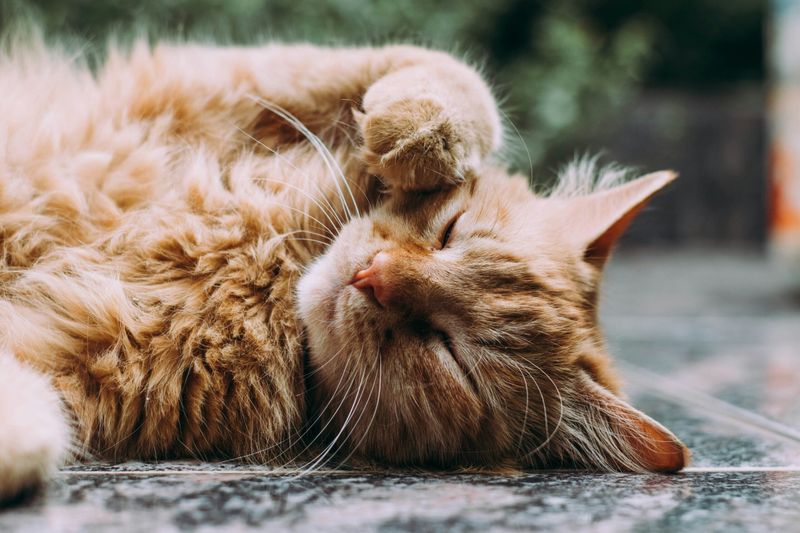
Each purr has a frequency range that can promote healing. Similar to how sound therapy works, these frequencies can stimulate healing in bones and tissues. It’s like having a built-in health spa, tuned to your furry friend’s specific needs. Who knew purring had such depth and utility?
13. Comfort During Illness

Cats often purr when they’re feeling unwell, as it brings them comfort. It’s their innate way of nurturing themselves during tough times. This gentle vibration helps them relax and cope with the discomfort. Next time your cat purrs while under the weather, know that it’s their way of finding a silver lining.
14. Happy Greeting
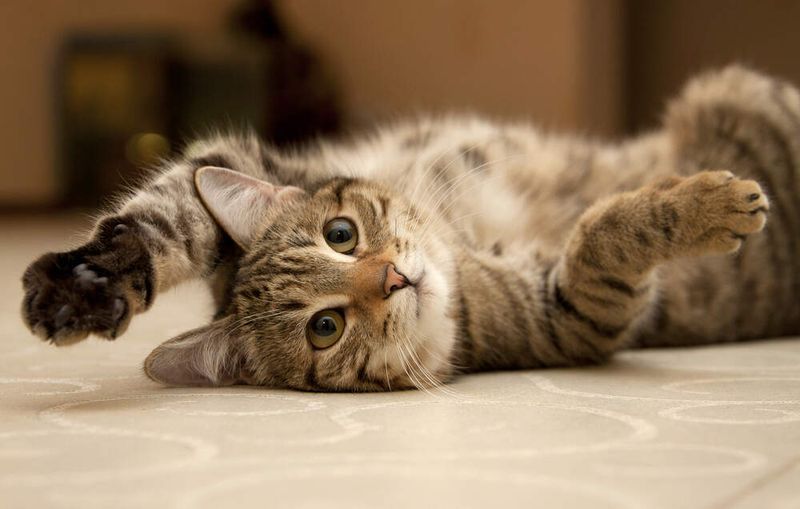
When you come home and hear your cat’s immediate purrs, it’s their version of a warm welcome. Just like how dogs wag their tails, cats use purring as a cheerful greeting. It’s their unique way of saying, “Welcome back! I missed you,” a gesture that warms any cat lover’s heart.
15. Exercise For Muscles
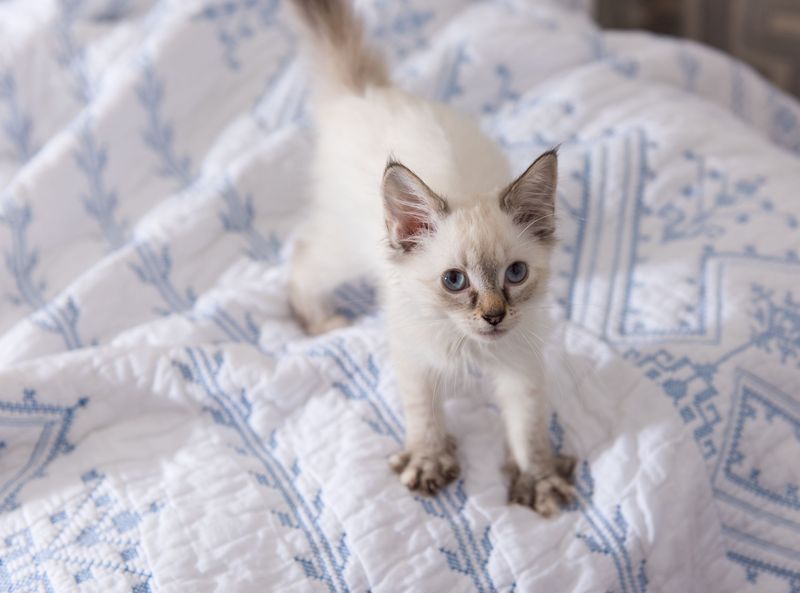
Purring isn’t just a vocal activity; it also serves as a low-impact muscle exercise. Cats might purr to trigger small muscle movements that keep them limber and agile. It’s a subtle way they maintain their sleek, athletic figures without breaking a sweat. Who knew staying fit could sound so pleasant?
16. Hunger Signal
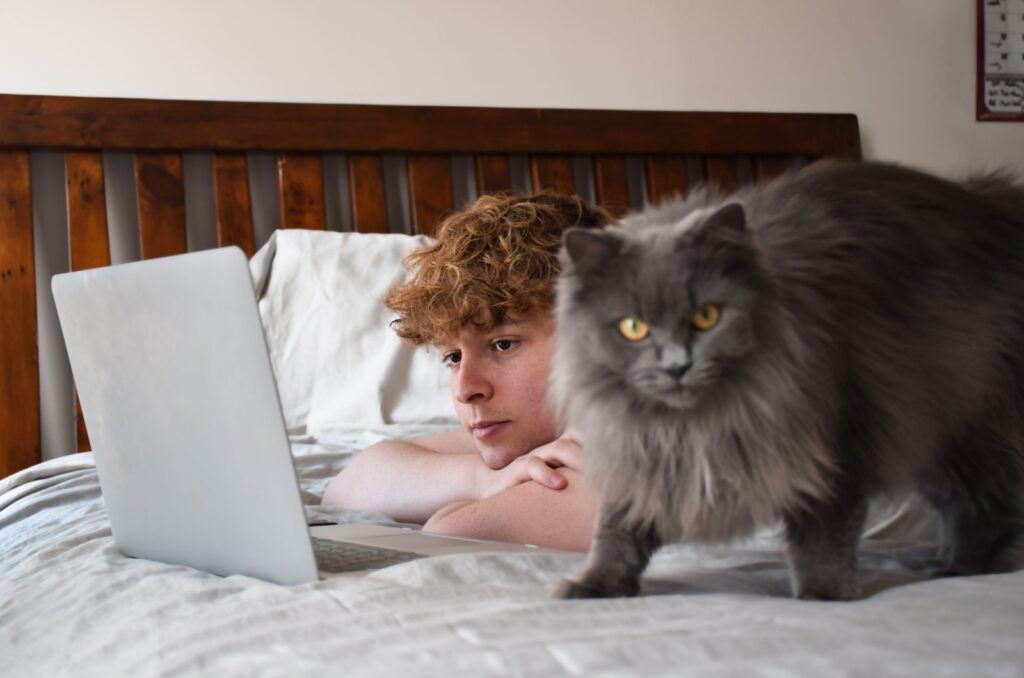
If your cat starts purring near feeding time, it might be a hunger signal. This behavior is akin to a polite request, indicating that the food bowl needs refilling. It’s an adorable form of communication, saying, “I’m hungry, feed me please!” Who could resist such a charming plea?
17. Courtship Ritual
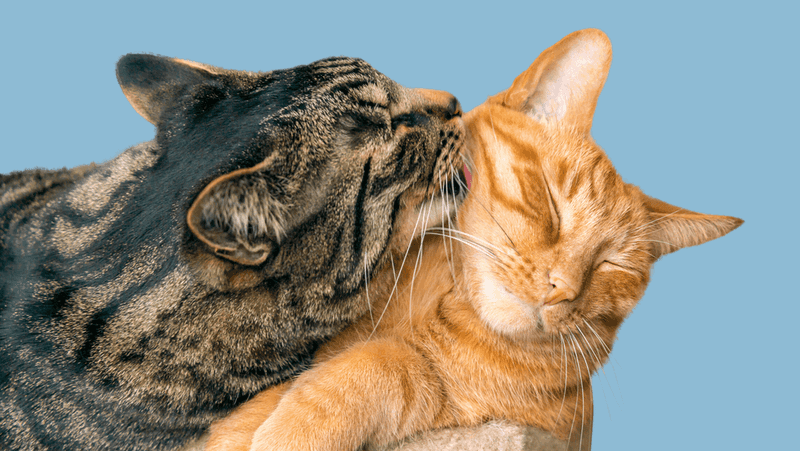
In the realm of feline courtship, purring can play a role. Cats may purr to show interest in a potential mate, using it as part of their romantic overtures. It’s their way of saying, “I like you,” in a gentle, purring tone. Love is indeed a universal language, even among cats.
18. Sleep Enhancement
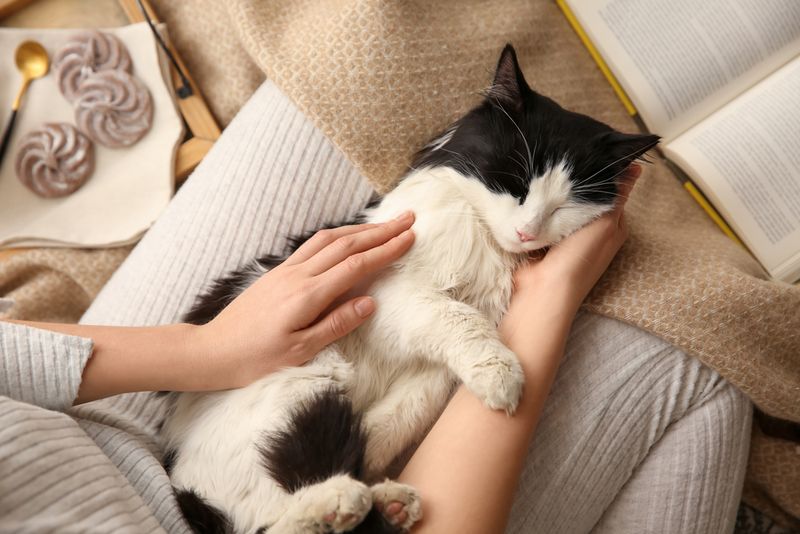
Purring can help cats fall into a deep, restful sleep. The vibrations create a calming atmosphere, acting like a lullaby that soothes them into slumber. This natural sleep aid ensures they get the rest they need to stay healthy and alert. It’s a furry version of counting sheep!
19. Warmth Sharing
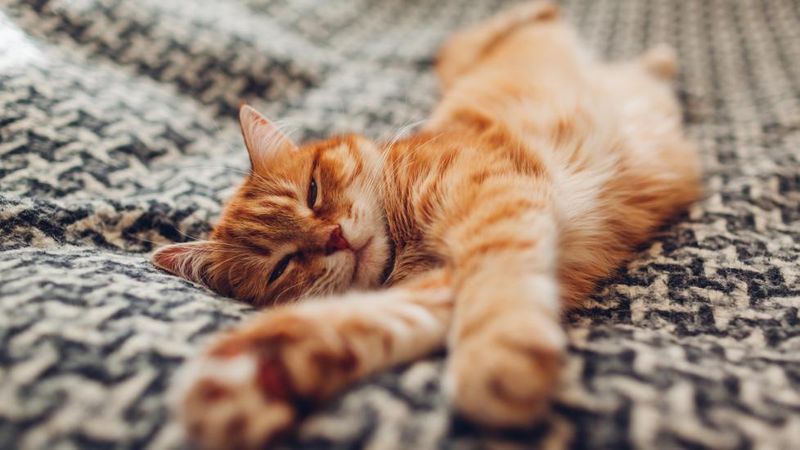
In colder climates, cats may purr to generate warmth. By clustering together and purring, they can share body heat, ensuring everyone stays cozy. It’s a communal way to survive chillier nights, huddled in a purring ball of warmth. Who needs a heater when you have a cuddly cat group?
20. Joyful Exploration

Cats may purr when exploring new surroundings, expressing their joy and curiosity. The sound signifies excitement, turning each new adventure into a delightful experience.
It’s like a feline soundtrack for exploration, enhancing their sense of wonder and joy. Doesn’t it make you want to explore the world with them?
21. Self-Identity

Purring is also a part of a cat’s self-identity, a personal sound unique to each feline. Just like how humans have unique voices, cats have distinct purrs. This individuality can be a comforting reminder of their uniqueness and presence. It’s their way of saying, “This is me,” in a world full of noise.

